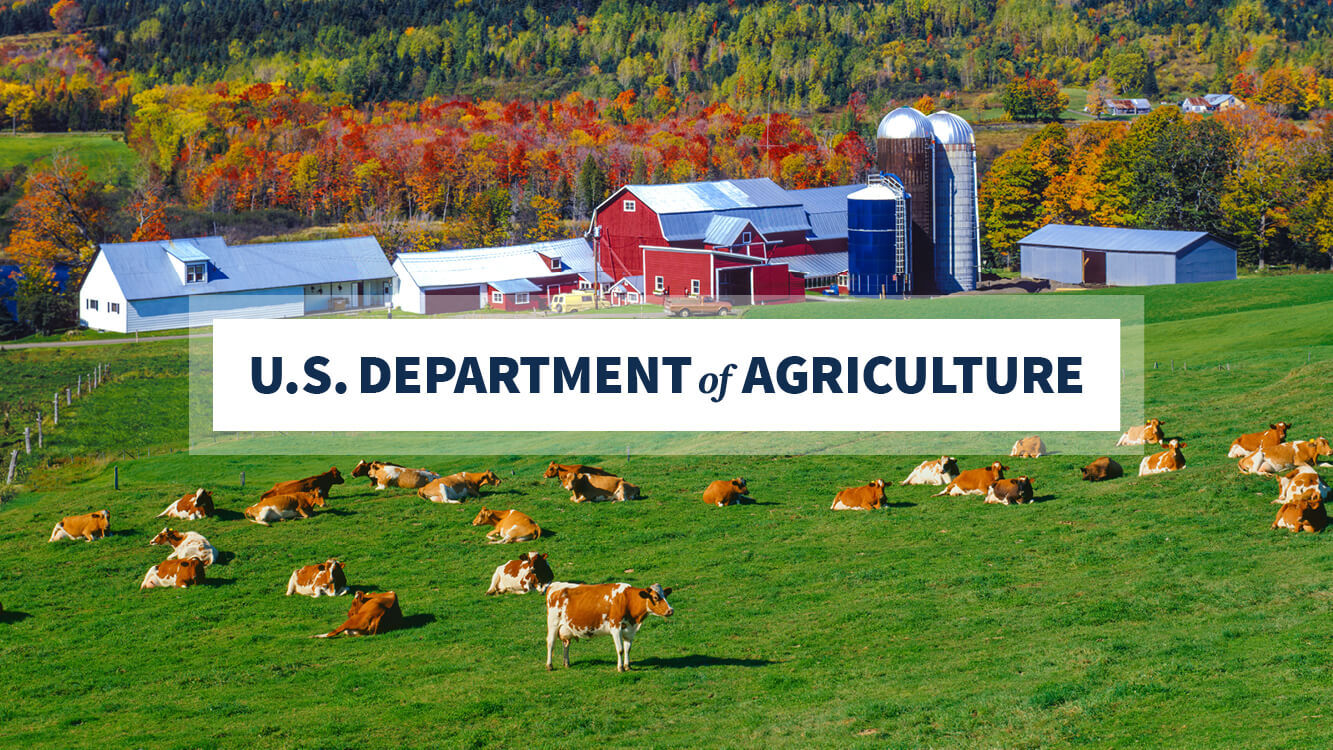USDA Assists Farmers, Ranchers, and Communities Affected by Recent Storms and Flooding in Texas, Louisiana and Arkansas

WASHINGTON, May 28, 2021 – To help residents, farmers, and ranchers affected by the devastation caused by recent storms and flooding in Texas, Louisiana and Arkansas, Agriculture Secretary Tom Vilsack has directed the U.S. Department of Agriculture (USDA) to aid recovery efforts. USDA staff in the regional, state, and county offices are responding and providing a variety of program flexibilities and other assistance to residents, agricultural producers, and affected communities.
“USDA is there to help producers and rural Americans impacted by the severe rain, storms and flooding in Texas, Louisiana and Arkansas. We want you and your communities to know that USDA stands with you and the thousands of farming families that feed and fuel America,” said Secretary Vilsack. “To find out what assistance might be available to you, visit farmers.gov or your local USDA Service Center.”
As residents make it back into their homes, USDA Food Safety and Inspection Service (FSIS) is helping ensure they are taking the proper steps to reduce the risk of foodborne illness. Food safety tips after a power outage and flooding are available on the FSIS website.
USDA encourages those whose homes flooded during the storm to take the following steps to keep their food safe:
- Drink only bottled water that has not come in contact with flood water. Discard any bottled water that may have come in contact with flood water.
- Discard any food that is not in a waterproof container if there is any chance it may have come in contact with flood water. Food containers that are not waterproof include those with screw-caps, snap lids, pull tops and crimped caps.
- Discard wooden cutting boards, plastic utensils, baby bottle nipples, and pacifiers that may have come in contact with flood water.
- Thoroughly wash all metal pans, ceramic dishes, and utensils that came in contact with flood water with hot soapy water. Sanitize by boiling them in clean water or by immersing them for 15 minutes in a solution of 1 tablespoon unscented, liquid chlorine bleach per gallon of drinking water.
- Undamaged, commercially prepared foods in all-metal cans and retort pouches such as flexible, shelf-stable juice or seafood pouches, can be saved by following the steps at the FSIS Consumer’s Guide to Food Safety: Severe Storms and Hurricanes webpage.
Risk management and disaster assistance for agricultural operations:
USDA offers several risk management and disaster assistance options to help producers recover after they are impacted by flooding, high winds and hail.
Even before disasters strike, USDA provides tools for producers to manage their risk through the Federal Crop Insurance Program, a public-private partnership between USDA’s Risk Management Agency and private companies and agents. For crops that do not have crop insurance available, the Noninsured Crop Disaster Assistance Program (NAP) is available through the local Farm Service Agency. This risk protection includes crop production loss and tree loss for certain crop insurance products. It is recommended that producers reach out to their crop insurance agent or local FSA office for more information.
Producers that signed up for Federal Crop Insurance or NAP who suffer losses are asked to report crop damage to their crop insurance agent or local FSA office, respectively, within 72 hours of damage discovery and follow up in writing within 15 days.
Livestock and perennial crop producers often have more limited risk management options available, so there are several disaster programs for them. Key programs offered by USDA’s Farm Service Agency include:
USDA reminds producers that it’s critical to keep accurate records to document damage or loss and to report losses to your local USDA Service Center as soon as possible.
Additionally, USDA’s Natural Resources Conservation Service can provide financial resources through its Environmental Quality Incentives Program to help with immediate needs and long-term support to help recover from natural disasters and conserve water resources. USDA can also assist local government sponsors with the cost of recovery efforts like debris removal and streambank stabilization to address natural resource concerns and hazards through the Emergency Watershed Protection Program.
The Farm Service Agency (FSA) also has a variety of loans available including emergency loans that are triggered by disaster declarations and operating loans that can assist producers with credit needs.
On farmers.gov, the Disaster Assistance Discovery Tool, Disaster-at-a-Glance fact sheet (PDF, 4.7 MB), and Farm Loan Discovery Tool can help producers and landowners determine program or loan options. For assistance with a crop insurance claim, producers and landowners should contact their crop insurance agent. For FSA and NRCS programs, they should contact their local USDA Service Center.
USDA touches the lives of all Americans each day in so many positive ways. In the Biden-Harris Administration, USDA is transforming America’s food system with a greater focus on more resilient local and regional food production, fairer markets for all producers, ensuring access to safe, healthy and nutritious food in all communities, building new markets and streams of income for farmers and producers using climate smart food and forestry practices, making historic investments in infrastructure and clean energy capabilities in rural America, and committing to equity across the Department by removing systemic barriers and building a workforce more representative of America. To learn more, visit www.usda.gov.
#
USDA is an equal opportunity provider, employer, and lender.
Read original article: https://cattlemensharrison.com/usda-assists-farmers-ranchers-and-communities-affected-by-recent-storms-and-flooding-in-texas-louisiana-and-arkansas/
By: USDA Market Reports
